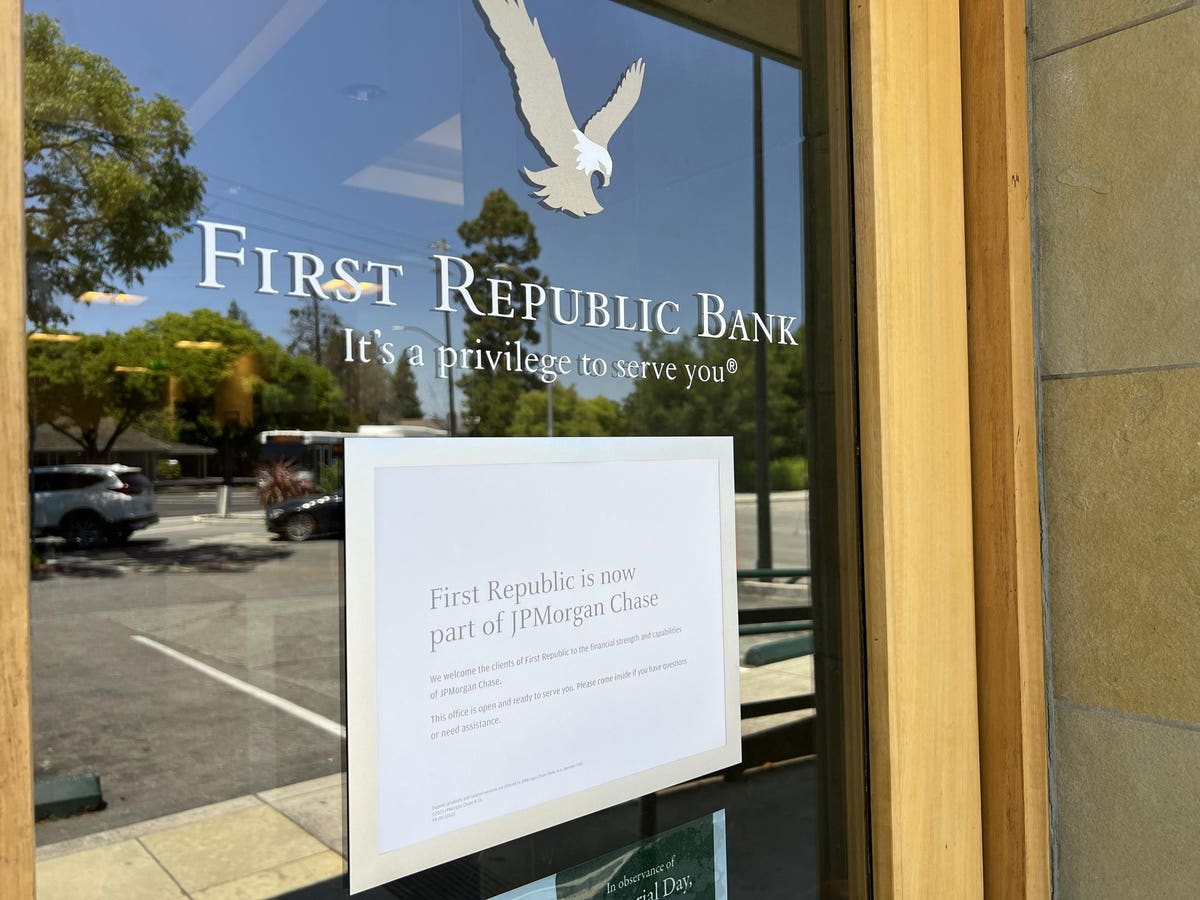Banks have seemed a bundle of problems over the last couple of years with a few closures, questions about the value of their assets, and institutions scaling back on lending, which puts a drag on the economy.
But problems have been developing for a long time under the pressure of failures, certainly, but also mergers. The number of banks has been falling for decades, a drop of between 1.6% and 5.0% every year since 2003.
Start with looking at the number of FDIC supervised banks per year as in the graph below.
The total number of FDIC-insured banks was 9,181 in 2003 and was down to 4,706 by 2022, a loss of 48.7%.
Fewer banks should mean less competition, but it adds considerable market pressure to grow and expand assets and revenues, which means the potential increased temptation to lower risk management in the question to strengthen a bank’s position. It also means fewer options for consumers, fewer banks that might address communities.
Look at the graph again. In 2008, at the beginning of the Global Financial Crisis, the pace of loss of banks increased. But it continued to slide at this rate until just before the pandemic and then slowed.
What caused the number fall of the number of banks isn’t generally failures, although they kicked up in activity starting with the GFC and then going on until 2017.
But to lose almost half of all the banks that had existed within 20 years takes much more than the fallout from the crisis also called the Great Recession, which saw some major institutions be taken over and closed. Instead, it’s necessary to turn to the number of bank mergers every year.
The total over the 20 years was 4,239 for the period, or about 212 mergers a year. According to PCBB, a banker’s bank meaning it provides financial services to other banks, there have been 82 bank mergers so far this year as of August 27.
While you might hear of questions about corporate mergers, you’ll more likely to hear about that in tech, healthcare, pharma, and some other industry. However, it’s arguable that the banking industry, as a provider of basic financial services, has a bigger impact on consumers than all of the others. Need a mortgage? A car loan? A place to put your money? Someone to discuss a problem with the place you ended up putting your money? Banks are the answer.
When you allow a lot of mergers, you lose the number of institutions available to support consumers. That doesn’t fall evenly, either. Bank closers, which will happen with mergers, hits majority-black areas the hardest, as S&P Global Market Intelligence reports. The study further says that income doesn’t explain the difference. “Wealthy majority-black neighborhoods lost more of their branches than low-income non-majority-black communities,” they write.
This is an area where banking regulators, including the Federal Reserve, FDIC, and others, as well as the Treasury Department, should get involved more, see if the ongoing shrinkage of the banking base as the population grows, is wise and something to allow.
Read the full article here








